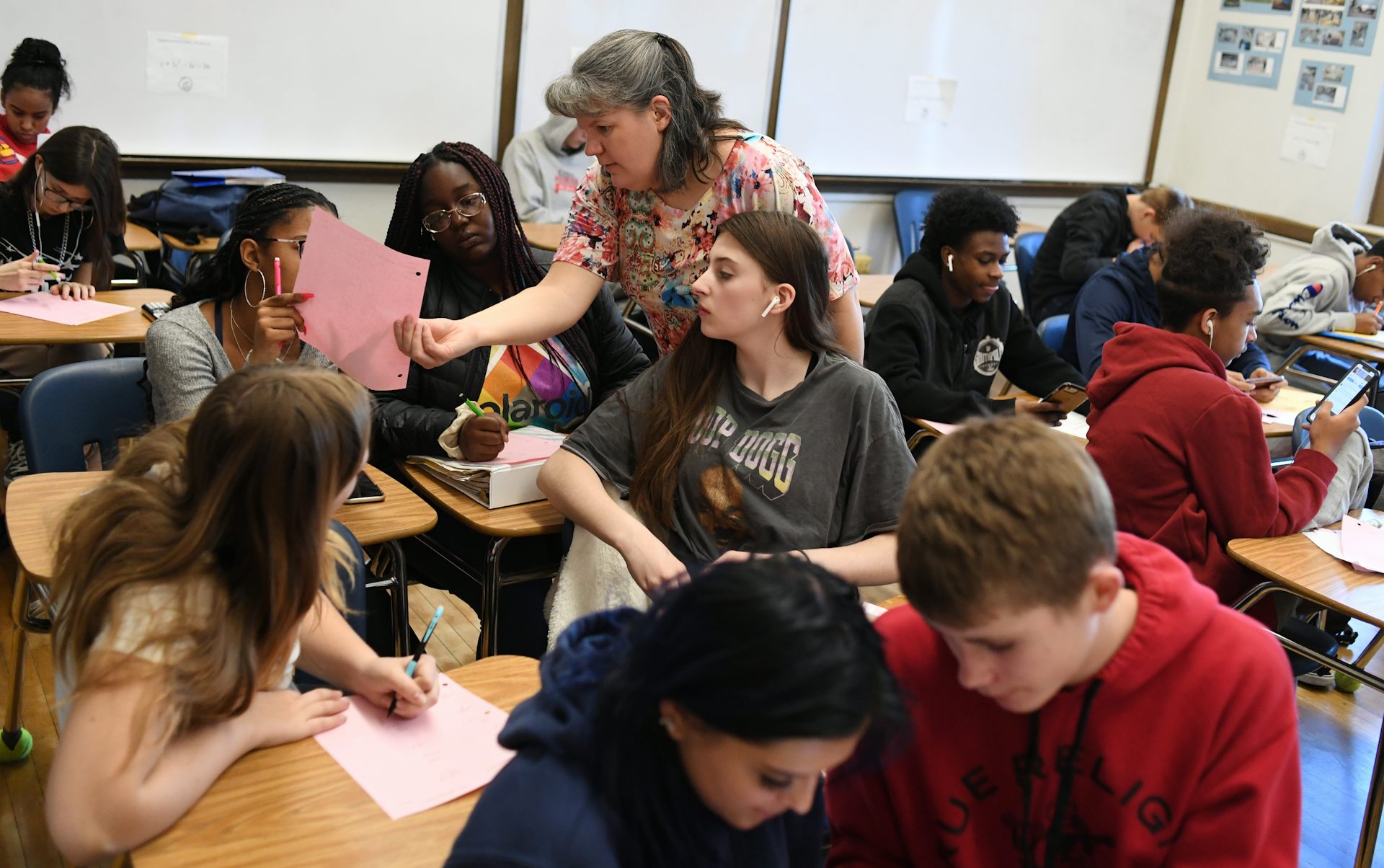How parents can help autistic children make sense of their world
People tell each other stories every day about the things they've seen and done. For many children with autism, this kind of personal narrative doesn't come easily. Here's how parents can help.

Glenn, a high-functioning seventeen-year-old with Autism Spectrum Disorder (ASD), comes home from school and tells his mother at dinner, “Allen was mean today.” His mother debates what to do. Should she ask for more details or let the subject drop? She knows that Glenn is not much of a storyteller.
Personal narratives are commonplace, and many people don’t realize just how important they are. What really happened when we ran into that truck? How did we feel when it happened? Personal narratives are the memories we share about the experiences we’ve had, and the primary way we make sense of those experiences.
As a researcher, I’ve studied many aspects of the way children develop narrative skills, and have discovered that personal narrative is a common stumbling block for people with Autism Spectrum Disorder.
Fortunately, parents of children with ASD can help them improve these skills, becoming better storytellers and helping them make sense of the world around them.

Personal narrative in education
Personal narrative is a vital part of child development. A child’s ability to tell a story when entering kindergarten predicts fourth-, seventh- and tenth-grade reading abilities. When children interact with pediatricians who want to know how they hurt themselves, they tell a personal narrative. It’s also how children tell parents and other authority figures when something has upset them.
Previous research has found that children’s narratives are shaped in conversations with parents. For instance, if parents ask their preschoolers lots of questions about actions (what happened and when), their children typically wind up telling action-packed narratives. If parents are instead interested in who said what to whom, their children wind up telling narratives filled with dialogue.
While most children develop narrative without special attention to those skills, some children lag behind their peers and could benefit from assistance. Several years ago, I worked with psychology professor Carole Peterson to develop an intervention to improve the narration of preschoolers at risk for academic underachievement due to poverty.
We randomly assigned half the parents to a program where we told them how important narrative was and how to improve their children’s narrative abilities. The other parents were asked to talk with their children as they usually did. After one year, children whose parents were in the intervention had significantly higher vocabularies than children in the control condition. In two years, the intervention children told significantly better narratives than their control peers.

Personal narrative and autism
Individuals with typical development can tell a complete, lively, engaging personal narrative by the time they’re six years old. Autism, however, affects how people are able to tell narratives.
In my research with psychologist Ashleigh Hillier, we found that individuals with ASD – even those who function at a high level – tell personal narratives significantly less well than peers with typical development. In fact, the narrative skills of individuals with ASD are often years behind developmentally, even into their 20’s and beyond.
Some people with ASD tell very minimal narratives – like Glenn, above. Others with ASD tell rambling, almost incoherent narratives that mostly involve their own special interests and are off-putting to others.
Hillier and I developed an intervention to improve narration in young people with ASD, adapting the work I did with parents of preschoolers for parents of young people with Autism Spectrum Disorder.
We invited 10 families with 15- to 25-year-old, high-functioning individuals with ASD to participate in our pilot program. Half were randomly selected for the intervention, half to a wait-list comparison group. We collected narratives from the young people in both groups, along with an assessment by the parents of their child’s narrative ability. During a three-hour training session, the intervention group received a set of instructions, including:
- Talk to your son/daughter frequently and consistently about past experiences.
- Spend a lot of time talking about each topic. Give them plenty of time to respond, do not rush them.
- Be sure to always ask your son/daughter to describe how he or she felt about an experience.
- Ask plenty of wh-questions (who, which, how, why, etc.) and few “yes/no” questions. Ask questions about the context or setting of the events, especially where and when they took place.
- Always ask your son/daughter how an experience wound up.
- Listen carefully to what your son/daughter is saying, and encourage elaboration with simple responses or by repeating what your son/daughter has just said.
- Follow your son/daughter’s lead, but avoid questions that derail narrative in favor of your son/daughter’s special interests.
The parents made recordings of their conversations for one year and were then invited back to discuss their experiences. We also collected their post-intervention ratings of their sons’ and daughters’ narrative ability.

Storytelling can be learned
Our pilot research succeeded: Most parents in the intervention group substantially improved their way of talking about past experiences with their children.
A month later, the young people whose parents participated in the intervention produced more elaborate narratives, with some parents doubling the length of their conversations with their children. These parents reported a significant improvement in their child’s narration and were also surprised to see the difference it made in their ability to communicate with their sons and daughters with ASD.
Personal narratives are important for children, but they become even more important as children grow up. They are a key way people form relationships – or even testify in court against those who have wronged them.
There is no such thing as a born storyteller. But with the right strategies, individuals with ASD can be helped to tell better stories. We look forward to expanding our project to document how improvements in narration positively affect relationships between parents and children.
More resources for parents of children with autism can be found at the University of Massachusetts, Lowell Center for Autism Research and Education (CARE).
Allyssa McCabe works for the Center for Autism Research & Education at the University of Massachusetts, Lowell. She is related to an employee of The Conversation US.
Read These Next
The Supreme Court’s decision on birthright citizenship will depend on its interpretation of one phra
Advocates for each side will provide a different explanation for who falls under ‘the jurisdiction’…
Vaccine committee votes to scrap universal hepatitis B shots for newborns despite outcry from childr
The decision undoes a highly effective 34-year prevention strategy that has nearly eliminated early…
A culinary educator and local dining expert breaks down Michelin’s debut Philly list − and gives zer
The Michelin awards will almost certainly bring more tourism to the city, and more revenue to the honored…






